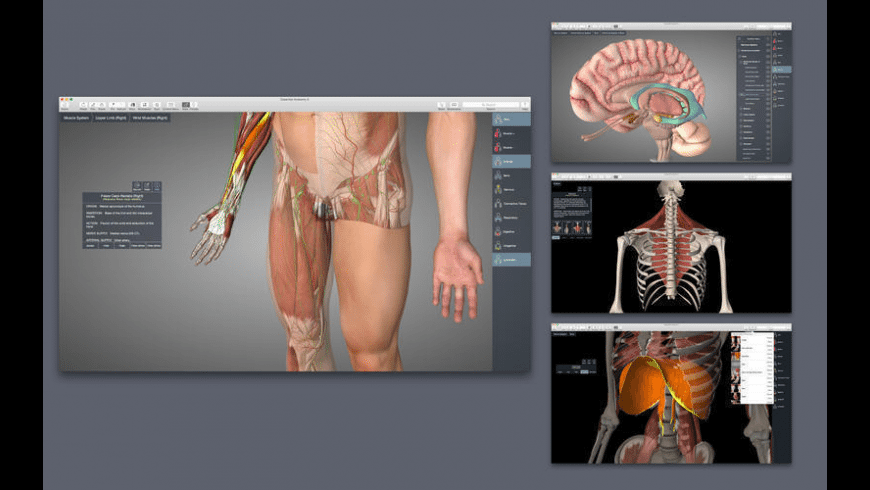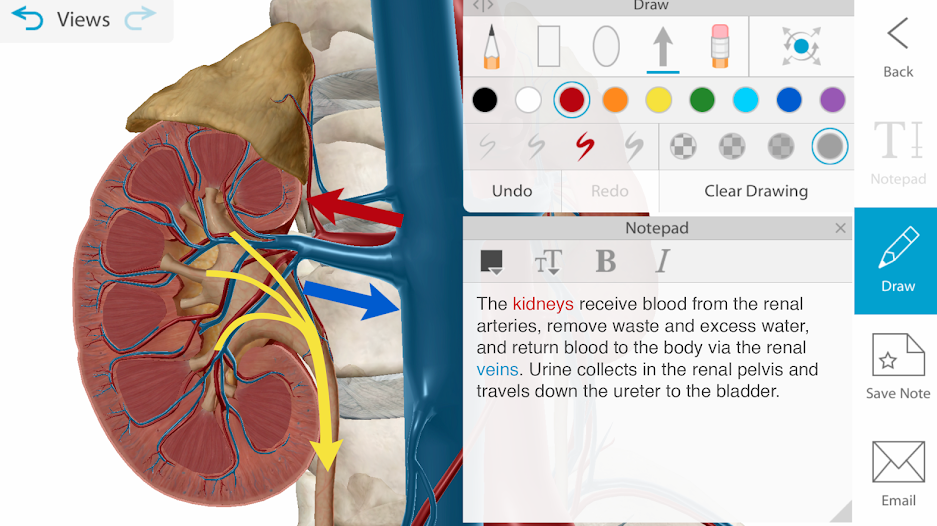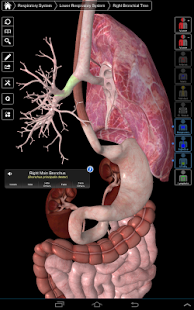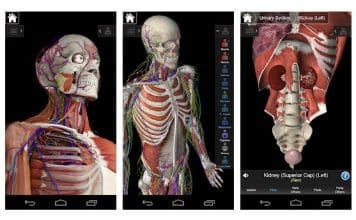


#Essential anatomy 3d 4 medical professional#
If you were a professional designer, you could use a tool like Adobe Illustrator to draw detailed illustrations of various anatomical systems.

An anatomy illustration would likely be used for study guides, whereas an anatomy worksheet might be used as test material. Typical Uses of Anatomy ChartsĪnatomy charts are used mostly for educational purposes for students of all ages. Anatomy charts can be specific to one part of the body, such as a knee joint, or cover a combination of body parts: the skeletal system, for example. Anatomy worksheets are an illustration of a certain part or system of the body, with 'fill in the blank' spaces pointing to different sections of the illustration. Anatomy illustrations are pre-made illustrations with descriptions of a particular part, or system of the body. Histology studies microscopic anatomy such as tissues and cells visible only under a microscope.Īnatomy charts serve two main purposes: education in the form of anatomy worksheets and presentation in the form of simple healthcare illustrations. Pathologic anatomy focuses on how diseases affect and change the human body. Radiographic anatomy studies the parts of the human body made visible using a variety of radiation techniques such as X-rays or MRIs.

Embryology deals with the development of anatomical systems prior to birth. Surface anatomy is a subset of gross anatomy that deals with only external features of the body. Gross anatomy deals with large, visible body parts. There are many different branches of anatomy dealing with the human body: surface anatomy, gross anatomy, embryology, histology, radiographic, pathologic, and more. It can show the entire body or focus on a particular system using systemic anatomy such as the muscular, skeletal, circulatory, digestive, endocrine, nervous, respiratory, urinary, reproductive, and other systems. In addition to three-dimensional interactive models, our study provides the required quantitative data to permit the generation of accurate biomechanical models allowing the testing of further functional hypotheses.An anatomy chart refers to a visual depiction of the human body. Additionally, the aquatic Typhlonectes show a greater investment in hyoid musculature than terrestrial caecilians, which is likely related to greater demands for ventilating their large lungs, and perhaps also an increased use of suction feeding. adductores mandibulae, whereas other caecilians switched to the use of the derived dual jaw-closing mechanism involving the additional recruitment of the m. However, the early-diverging Rhinatrema bivittatum mainly relies on the ‘ancestral’ amphibian jaw-closing mechanism dominated by the m. Our results show that the general organization of the head musculature is rather constant across extant caecilians. In this study, we use dissection and non-destructive contrast-enhanced micro-computed tomography (μCT) scanning to describe and compare the cranial musculature of 13 species of caecilians. Understanding the diversity in the architecture and size of the cranial muscles may provide insights into how a typical amphibian system was adapted for a head-first burrowing lifestyle. Caecilians also possess unique muscles among amphibians. interhyoideus posterior, which is positioned in such a way that it does not significantly increase head diameter. As such, caecilians developed a unique jaw-closing system involving the large and well-developed m. In limbless fossorial vertebrates such as caecilians (Gymnophiona), head-first burrowing imposes severe constraints on the morphology and overall size of the head.


 0 kommentar(er)
0 kommentar(er)
